On April 4, 2024, Omoda & Jaecoo (of the Chery group) signed a joint venture agreement with the Geleximco group to establish a joint venture, with plans to build a plant in Vietnam with a capacity of up to 200,000 vehicles annually and investment capital of $800 million (approximately 20,300 billion VND) to manufacture vehicles under the Omoda and Jaecoo brands.
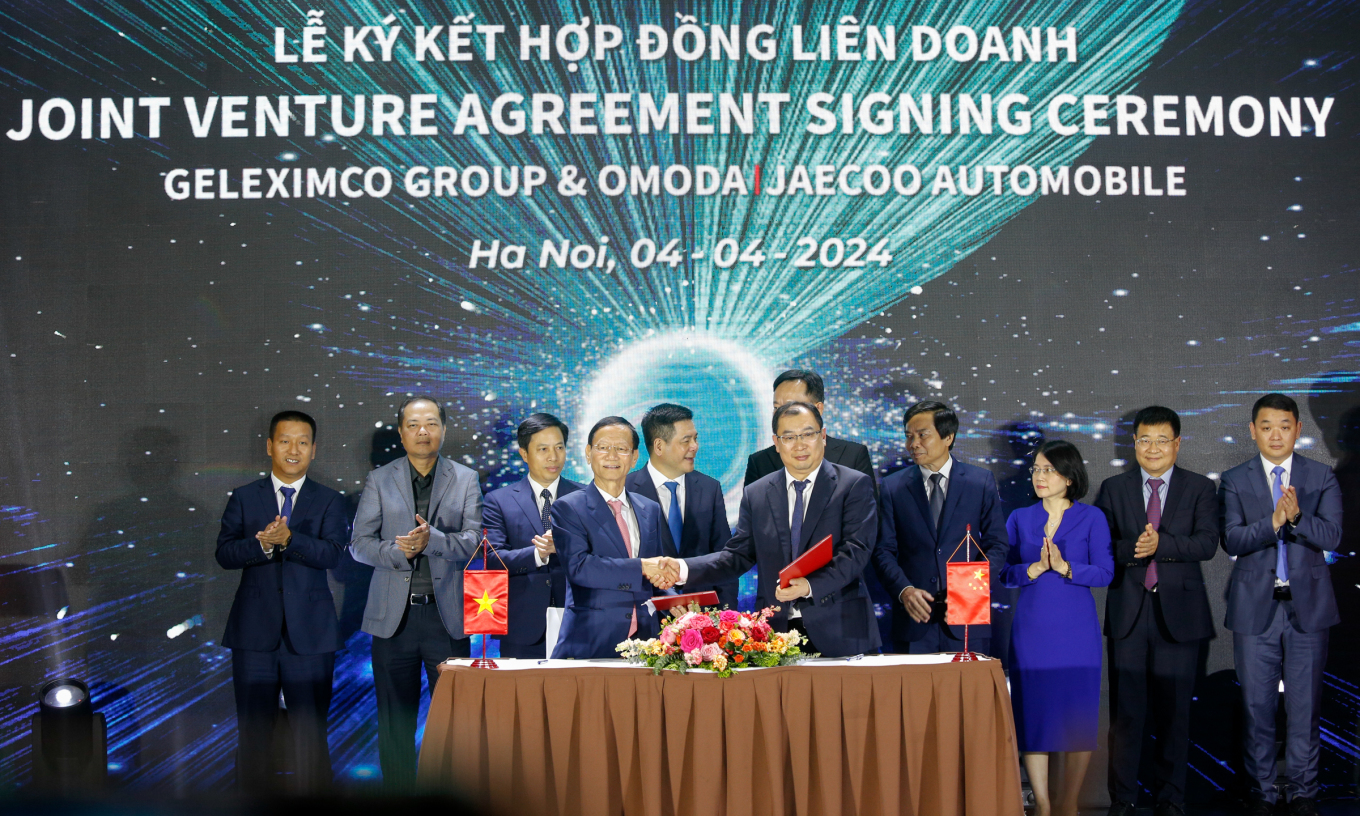
The handshake brought back an investment of $800 million for Chery to build a factory in Vietnam. Photo: ĐSPL
This is a positive sign for the Vietnamese automotive market, which is increasingly attracting international brands. The joint venture also opens up prospects for a brighter future for Chinese vehicles in Vietnam, as companies are now willing to invest heavily and focus on sustainable development.
However, in reality, there are still many question marks about the partnership between Chery and Geleximco and the joint venture’s development plans in Vietnam. Will Chery succeed in its return or will it repeat the mistakes of the past? The questions below are also the concerns of many domestic consumers who are interested in this Chinese car brand.
Why did Chery choose to form a joint venture with a company that has no experience in automotive manufacturing?
Geleximco is Chery’s joint venture partner in Vietnam. It is a large corporation with total assets of VND 80,000 billion. Geleximco operates in a wide range of fields, including industrial manufacturing, real estate infrastructure, banking and finance, and trade and services, with over 30 years of experience in the market.
In the industrial manufacturing sector, Geleximco has had a motorcycle parts manufacturing company and a factory in Hung Yen since 1996. However, the group has only partnered with Honda Vietnam to produce motorcycle parts and has no experience in assembling or manufacturing cars. Why did Chery choose to form a joint venture with a company with no experience in the industry such as this?
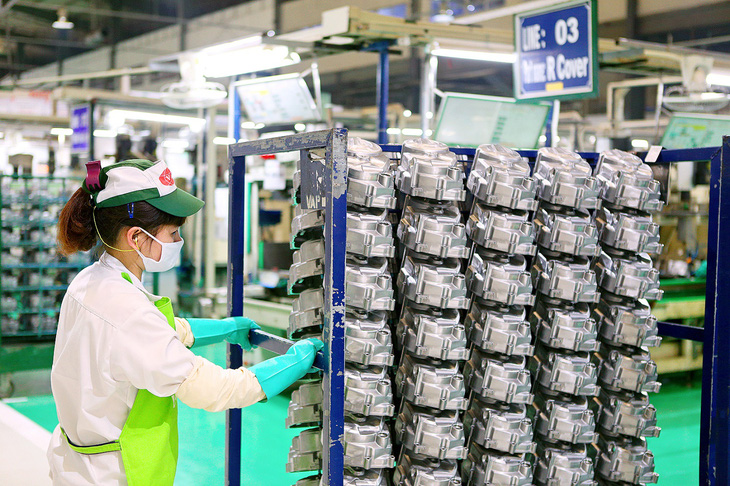
Geleximco only has experience in manufacturing motorcycle parts and has never assembled or made car parts. Photo: Tuổi Trẻ
Eleven years ago, Chery entered the Vietnamese market by forming a joint venture with a company that had a lot of experience in the industry, the Hòa Bình Automobile Joint Stock Company (VMC). VMC had previously assembled Kia, Mazda, and BMW vehicles, but when it came to Chery, it failed and lasted less than four years, “limping” along the whole time. Despite this past experience, Chery has chosen to partner with a company that has no experience in the automotive industry for its return. What is the specific reason behind this decision?
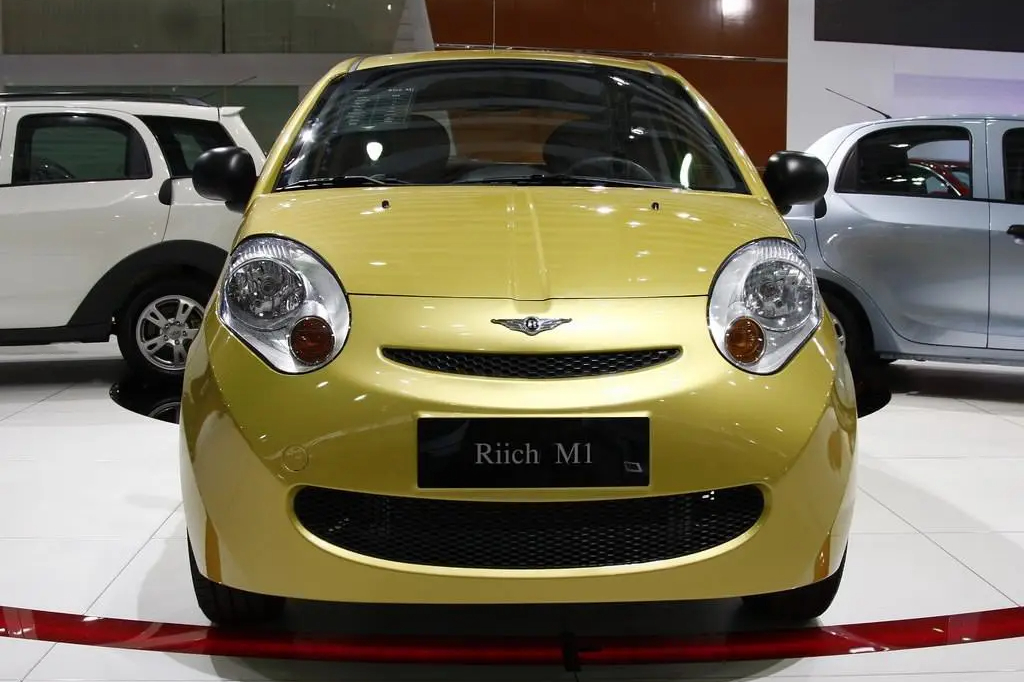
Chery once partnered with an experienced automotive company, VMC, but failed to reach Vietnamese customers. Photo: Chery
Will Chery’s factory in Vietnam have the potential to meet domestic and export demand?
In this joint venture, Chery has set an ambitious goal of not only building a vehicle assembly plant but also becoming a manufacturing hub for “new energy” vehicles in Vietnam on a 100-hectare site with an investment of $800 million (approximately 20,300 billion VND).
Looking at the numbers alone, 100 hectares is a fairly large area and $800 million is a significant amount of money. However, compared to other automakers, this investment is not particularly large, especially in a place that the company confidently calls a “hub.” For example, VinFast invested $1.5 billion in a 335-hectare site when it first built its factory. To expand its regional reach, VinFast had to invest an additional $1.2 billion to open a factory in Indonesia. To date, VinFast’s total investment in automotive production and operations has reached approximately $11 billion.
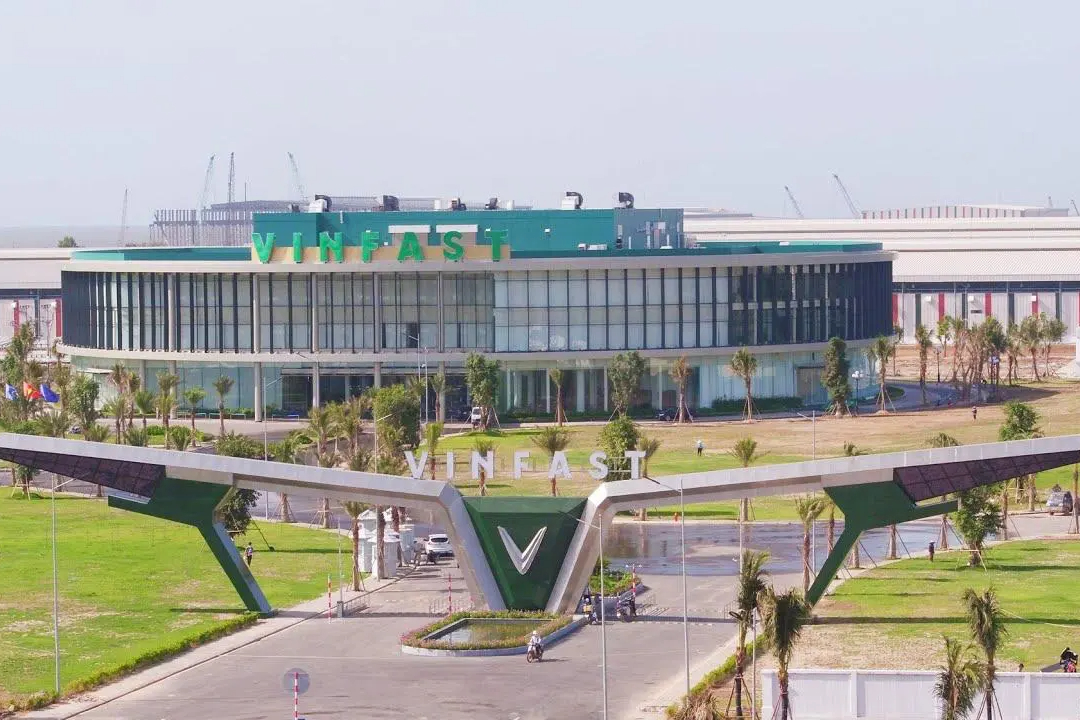
Chery’s $800 million investment is relatively small compared to VinFast or THACO. Photo: VinFast
Additionally, why is Chery opening a factory in Vietnam when it already has two factories in Thailand and Indonesia? Is Chery planning to assemble right-hand drive vehicles in Vietnam for export to neighboring countries such as Laos, Cambodia, or the Philippines? BYD, a very strong and rising Chinese automotive brand, considered both Vietnam and Indonesia for a factory. In the end, they chose only Indonesia and excluded Vietnam. Is it a wise strategy for Chery to assemble vehicles in both Indonesia and Vietnam when BYD’s global sales are lower than their own?
In terms of plant capacity, Chery is targeting a production of 200,000 vehicles per year. Currently, the annual purchasing power of Vietnamese people is only around 300,000 to 400,000 vehicles. Meanwhile, automakers with large market shares, such as Hyundai, have a capacity of approximately 170,000 vehicles per year; Mazda and Kia have around 150,000 vehicles per year; VinFast has around 250,000 vehicles per year; and that’s not including Toyota, Honda, Mercedes-Benz, BMW, and others. So, is Chery’s desired production volume reasonable? If they export, how will they allocate vehicles to each market?
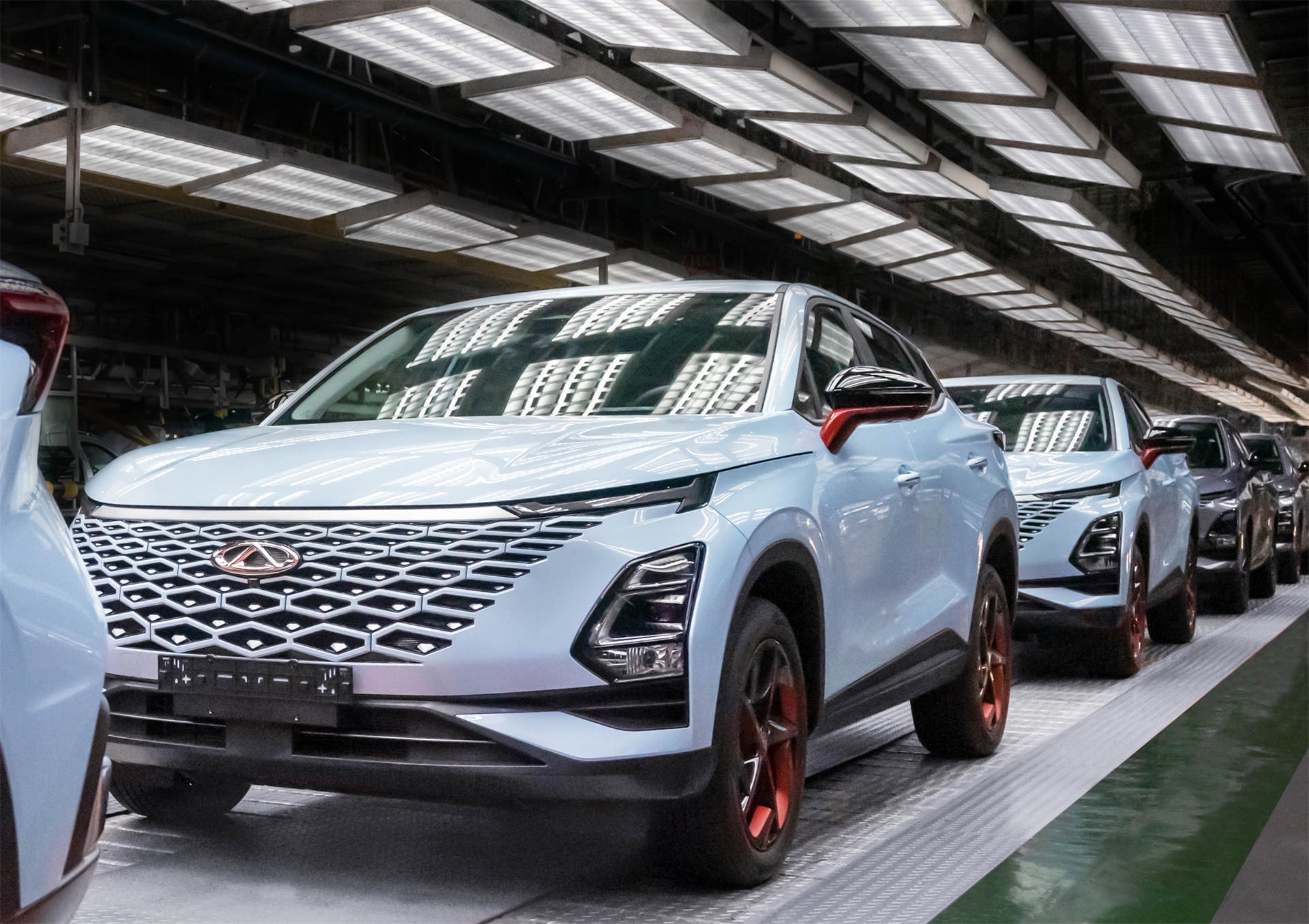
Will the plant’s capacity and assembly strategy align with the Vietnamese market? Photo: Chery
Furthermore, Chery has chosen Thai Binh as the location for its factory. In terms of geographical location, this is not a good site for general purposes as it is not near any seaports. VinFast has a factory in Cat Hai, THACO has a factory in Chu Lai, and most recently Skoda opened a factory in Quang Ninh. These are all locations near seaports, convenient for transportation and export of vehicles. Chery has





![[Photo Essay]: Experts, Managers, and Businesses Unite to Forge a Path Towards Sustainable Green Industry](https://xe.today/wp-content/uploads/2025/07/z678592918-150x150.jpg)


![[Photo Essay]: Experts, Managers, and Businesses Unite to Forge a Path Towards Sustainable Green Industry](https://xe.today/wp-content/uploads/2025/07/z678592918-100x70.jpg)



